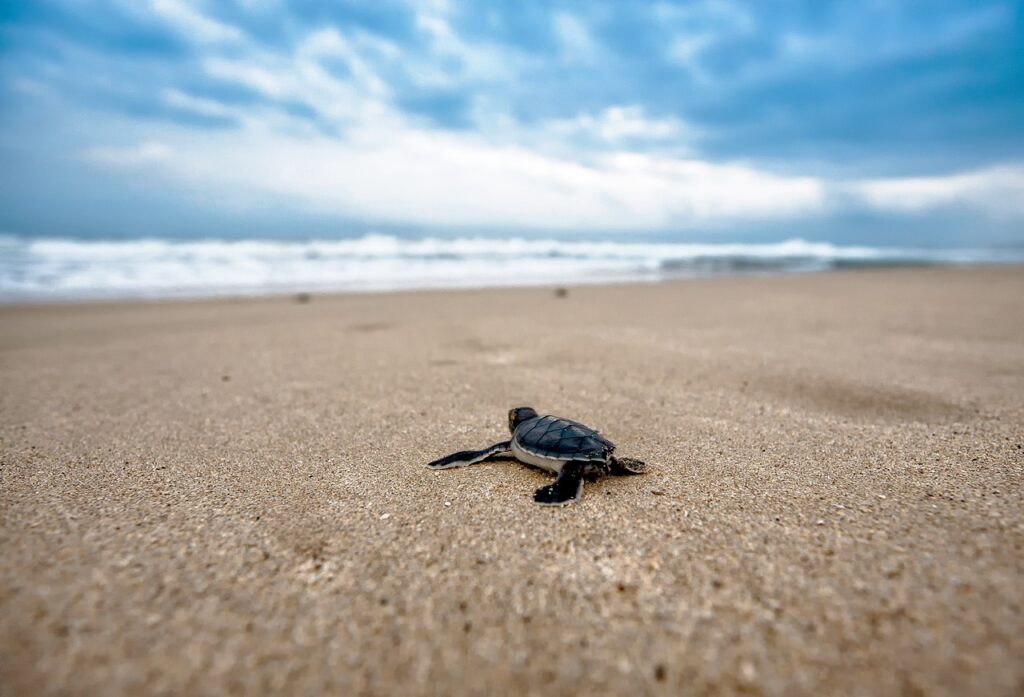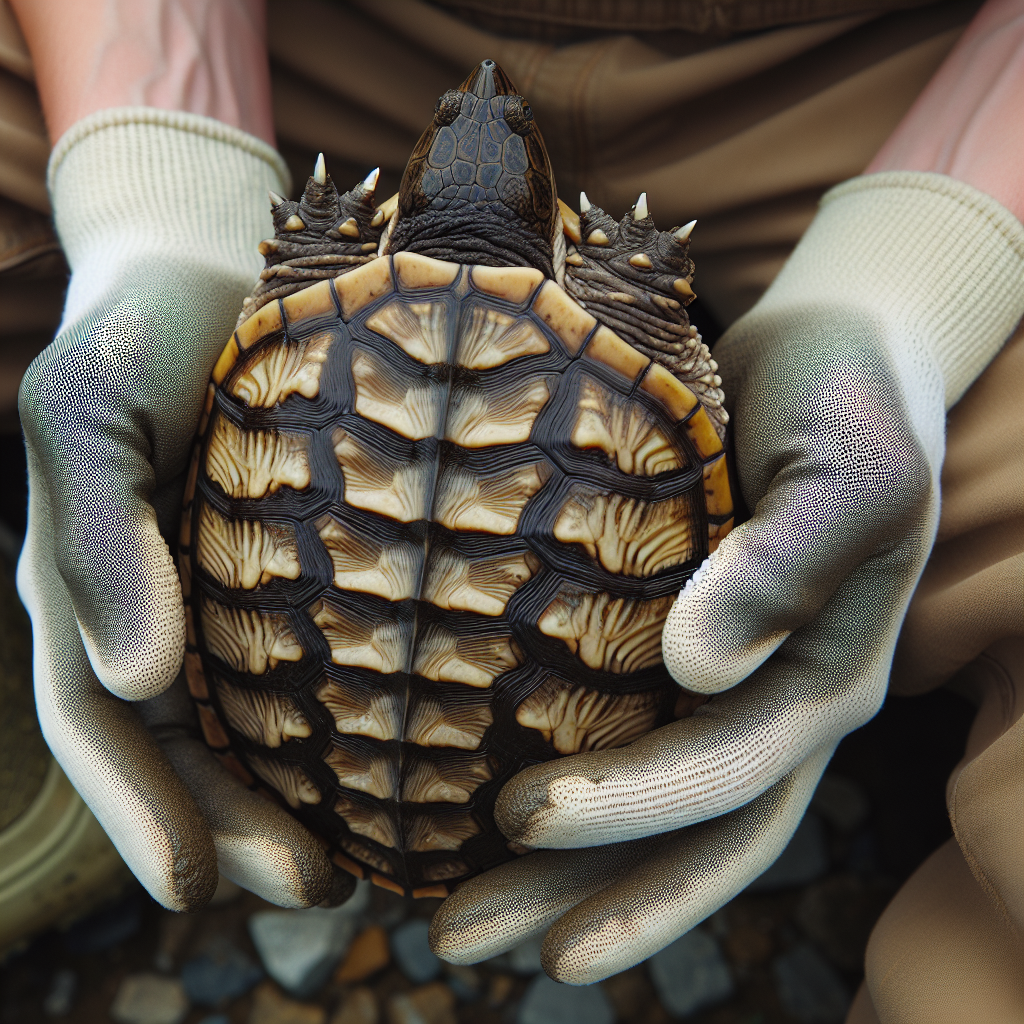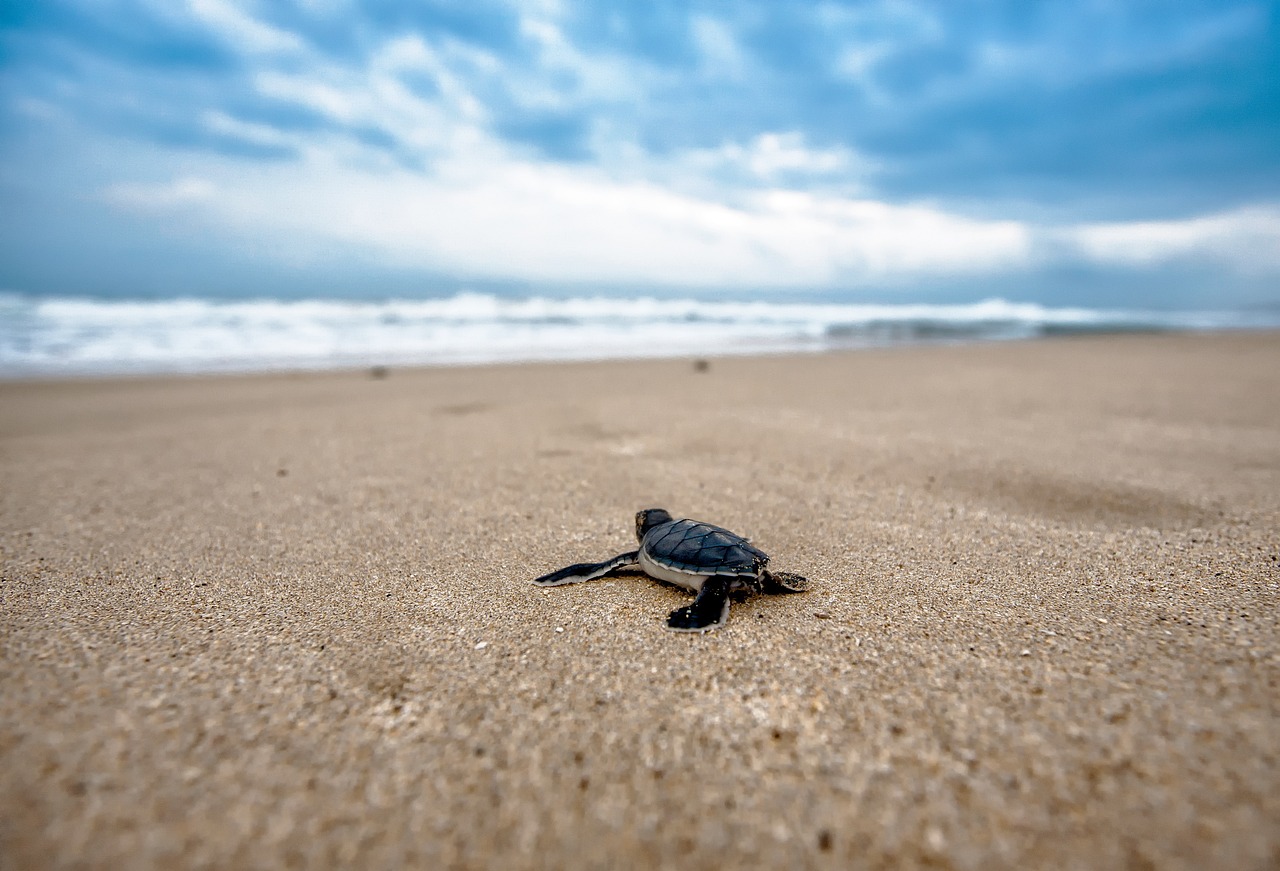Have you ever wondered how to safely handle a snapping turtle? In this article, we’ll explore the proper way to pick up a snapping turtle, ensuring both your safety and the turtle’s well-being. Whether you encounter one in the wild or want to handle a pet snapping turtle, understanding the right techniques can make all the difference. So, let’s dive in and discover the secrets to safely picking up a snapping turtle!

Choosing the Right Method
Assessing the Situation
Before attempting to pick up a snapping turtle, it is important to assess the situation carefully. Take a moment to observe the turtle from a safe distance and determine the best approach. Consider factors such as the turtle’s size, location, and behavior. If the turtle is in immediate danger or needs to be relocated, it may be necessary to intervene.
Consider the Turtle’s Size and Species
Snapping turtles come in various sizes and species, and it is essential to consider these factors when deciding how to handle them. Common snapping turtles can grow quite large, with adults weighing up to 35 pounds or more. It is crucial to be aware of the potential size and strength of the turtle you wish to pick up to ensure your safety and the turtle’s well-being.
Use Protective Gear
Before attempting to handle a snapping turtle, it is highly recommended to wear protective gear, such as thick gloves or leather gauntlets. These will provide a layer of protection against the turtle’s sharp beak and claws, minimizing the risk of injury. Additionally, wearing long sleeves and pants can further protect your skin from scratches or bites.
Gather Necessary Tools
Having the right tools on hand can make the process of picking up a snapping turtle easier and safer. Some useful items to consider include a sturdy shovel or net with a long handle, a large container or crate, and a towel or blanket. These tools can help create a barrier between you and the turtle or assist in safely transporting it to a different location if necessary.
Approaching the Turtle
Approach with Caution
When approaching a snapping turtle, it is essential to exercise caution. Snapping turtles can be defensive and may perceive your approach as a threat. Move slowly and deliberately to avoid startling the turtle and triggering a defensive response. By approaching with caution, you minimize the risk of provoking aggressive behavior.
Avoid Fast Movements
To avoid alarming the snapping turtle, it is crucial to avoid sudden or fast movements. Quick movements may startle the turtle and cause it to react defensively. Instead, make calm and deliberate movements, maintaining a relaxed and gentle demeanor. This approach will help create a less threatening environment for the turtle.
Approach from Behind
One effective technique for safely picking up a snapping turtle is to approach it from behind. By approaching from the rear, you reduce the risk of getting bitten or scratched by the turtle’s powerful jaws and sharp claws. Gently and slowly position yourself behind the turtle, taking care not to startle or agitate it further.
Safe Handling Techniques
Grasp the Turtle’s Tail
When handling a snapping turtle, it is generally safe to grasp its tail. The tail provides a secure grip without putting your hands in close proximity to the turtle’s head and limbs. Hold the tail firmly but without applying too much force. This grip allows for better control of the turtle while minimizing the risk of injury.
Lift with Care
After grasping the turtle’s tail, it is essential to lift it with care. Lift the turtle slowly and smoothly, supporting its weight evenly to avoid causing any discomfort or harm. Avoid jerky movements or excessive force that could injure the turtle’s delicate spine or limbs. Always prioritize the safety and well-being of the turtle above all else.
Support the Turtle’s Weight
While lifting the snapping turtle, be mindful of supporting its weight properly. Use both hands to cradle the turtle’s underside, providing a secure and stable base. Avoid excessive pressure or squeezing that could cause discomfort or injury. By supporting the turtle’s weight effectively, you help prevent unnecessary stress or strain.
Dealing with Snapping Behavior
Understanding Snapping Behavior
Snapping is a defense mechanism commonly exhibited by snapping turtles. When they feel threatened or cornered, they may snap their jaws vigorously, potentially causing injury. Understanding the reasons behind this behavior can help you avoid triggering the snapping response and handle the situation safely.
Avoiding the Snapping Jaw
To prevent the snapping turtle from biting, it is crucial to keep a safe distance from its head and jaws. Remember that the turtle’s neck is highly flexible, allowing it to reach a surprising distance. Maintain a careful grip on the turtle’s tail, ensuring that your hands are positioned away from its head, keeping yourself out of harm’s way.
Dealing with a Snapping Turtle
In the event that a snapping turtle does manage to snap its jaws while you are handling it, it is important to stay calm and avoid panic. Do not try to forcefully pry open the turtle’s jaws, as this could cause injury to both you and the turtle. Instead, maintain a firm grip on its tail and wait for it to release the bite on its own. With patience, the turtle will eventually let go.

Releasing the Turtle
Find a Suitable Release Location
When it comes time to release the snapping turtle, it is essential to choose a suitable location. The release site should closely resemble the turtle’s natural habitat and provide the necessary resources for its survival. This includes access to a body of water, ample food sources, and appropriate shelter. Research the specific requirements of the species you are releasing to ensure the turtle’s successful transition back into the wild.
Lower the Turtle Carefully
To release the snapping turtle, carefully lower it onto the ground or into the water, depending on its preferred habitat. Ensure that you release the turtle gently and without causing unnecessary stress or injury. Pay attention to the turtle’s behavior upon release, observing for any signs of distress or difficulty adapting to its new environment.
Observe and Ensure Safety
After releasing the snapping turtle, take a moment to observe its behavior and ensure its safety. Watch from a distance to see how the turtle responds to its newfound freedom. If necessary, stay within sight to monitor its progress and ensure it successfully acclimates to its natural surroundings. Be prepared to offer assistance and contact wildlife professionals if any concerns or issues arise.
Special Considerations
Handling Injured Turtles
If you come across an injured snapping turtle, it is best to leave the handling to trained wildlife professionals. Injured turtles may require specialized care and treatment that are beyond the capabilities of an untrained individual. Contact your local wildlife rehabilitation center or animal control office for assistance and guidance.
Contacting Wildlife Professionals
In situations where the presence of a snapping turtle poses a risk to human safety or the well-being of the turtle itself, it is advisable to contact wildlife professionals. These experts have the knowledge and experience to handle the situation safely and effectively. They can assess the circumstances, provide guidance, and take appropriate action to ensure the welfare of both humans and wildlife.

Understanding Snapping Turtles
Snapping Turtle Characteristics
Snapping turtles are known for their prehistoric appearance and unique features. They have a rough shell, strong jaws, and powerful limbs. Their long tails and sharp claws further add to their distinctive appearance. These physical characteristics are essential adaptations that help them survive in their respective habitats.
Distribution and Habitat
Snapping turtles can be found in various parts of North America. They inhabit freshwater environments such as lakes, ponds, rivers, and wetlands. The specific distribution and habitat preferences may vary depending on the species. Understanding the natural preferences of snapping turtles can assist in assessing their needs and determining suitable release locations.
Importance in Ecosystems
Snapping turtles play a vital role in maintaining the balance of ecosystems. As opportunistic omnivores, they feed on a wide range of prey, such as fish, amphibians, and aquatic plants. By controlling populations of certain species, snapping turtles help prevent imbalances in the ecosystem. Their ecological significance underscores the importance of handling them with care and respect.
Reasons for Picking Up Snapping Turtles
Rescuing Turtles in Harm’s Way
One common reason for picking up a snapping turtle is to rescue it from potential harm. Snapping turtles may occasionally find themselves in hazardous situations, such as crossing busy roads or getting trapped in undesirable locations. By safely relocating them to an appropriate habitat, you can prevent injuries or fatalities and give the turtle a better chance of survival.
Translocating Misplaced Turtles
There are situations where snapping turtles may end up in environments where they do not naturally belong. This can occur due to human intervention or accidental transportation. Translocating misplaced turtles to suitable habitats helps maintain ecological balance and allows the turtles to thrive in their preferred surroundings. However, it is crucial to research and consult with experts to ensure that the translocation is carried out correctly and responsibly.

Legal and Ethical Considerations
Check Local Laws and Regulations
Before picking up a snapping turtle, it is essential to familiarize yourself with local laws and regulations regarding wildlife handling. Some jurisdictions may have specific rules in place to protect wildlife, including snapping turtles. Adhering to these laws ensures that your actions are legal and promotes the conservation of these endangered species.
Respecting Wildlife and Their Environment
When encountering snapping turtles or any wildlife, it is vital to respect their natural behavior and habitat. Do not disturb or harm the turtles unnecessarily, and always prioritize their well-being. Interactions with wildlife should be minimal, and it is important to leave the turtles’ environment undisturbed. By maintaining a respectful and responsible approach, we can coexist harmoniously with these remarkable creatures.
Additional Tips and Precautions
Consider Professional Help
If you are unsure about how to handle a snapping turtle or encounter a situation that is beyond your capabilities, it is advisable to seek professional help. Trained wildlife professionals possess the expertise required to handle these situations safely and effectively. Contact your local wildlife rehabilitation center, animal control office, or environmental department for guidance and assistance.
Children and Turtle Handling
When it comes to children and snapping turtle handling, it is crucial to prioritize safety. Snapping turtles can be unpredictable, and children may not possess the necessary skills or strength to handle them safely. It is advisable to educate children about the importance of observing wildlife from a distance and to discourage them from attempting to handle wild turtles independently.
Avoid Handling Wild Turtles
In general, it is best to avoid handling wild turtles unless it is necessary for their safety or well-being. Wild turtles are best left undisturbed in their natural habitat, where they can live freely and contribute to healthy ecosystems. Enjoy observing these fascinating creatures from a distance and appreciate their beauty and importance in nature.

